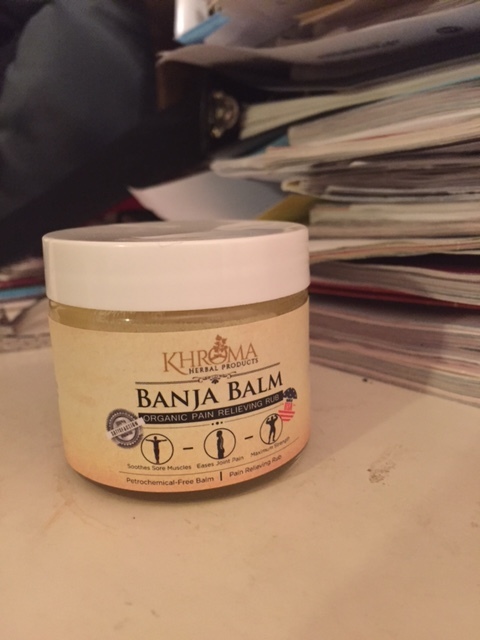Many of my teacher trainers have mentioned to me that sometimes they feel nervous when their clients start appointments with a physical therapist. They feel like their client might prefer the physical therapy to Pilates and eventually drop their Pilates classes. In my experience, the opposite is true. A talented physical therapist can effectively communicate the unique needs your client has so you can personalize their workouts. With subtle adjustments, based on feedback from the physical therapist, you can help your client get stronger and avoid injury. But how do you do this?
#1 Understand your Role
Unless you have additional training, Pilates instructors are not physical therapists. We work in studios, not clinics. (Even when my husband asks me a question about a nagging injury, I preface my response with “I’m not a doctor.” “I know you’re not a doctor,” he says, “I would know if we’re paying back loans to medical school!”) So yeah, I have a habit of letting my clients know the limit of my knowledge. I’ll say things like “In the past, I’ve worked with (fill in the blank injury or condition)” or “in my experience, that can indicate a (tight muscle or condition), but a doctor would know for sure.” Lying or misleading a client to make them think you have experience you don’t have is never a good idea. Googling a condition does not mean you have experience with a medial condition. I’ve found the more upfront I am with what I know, the more a client with respect and want to work with you. Your reputation is your calling card, and being honest with your certification is of the upmost importance.
#2 Use the Physical Therapist’s Secret Power to your Advantage
Physical therapist have a secret power that Pilates instructors don't have: They have training in diagnosis of injuries. If I have a client with pain in their ankle, I’m not sure it it’s coming from ankle instability or hip tightness (I’ll look at both). But a physical therapist, with the medical training they have, will be able to correctly diagnosis what is causing the pain. I can then use that information to help the client get better.
#3 Know the only question you’ll ever have to ask a Physical Therapist
Physical therapists are busy people. They see people everyday like Pilates instructors, but also have to dedicate time to charting as well. All physical therapists I’ve reached out to have taken the time to help me make sure what we’re doing at the Pilates studio also follows their protocols and recommendations, and I try to make sure they know I value their time by only asking one question: “What muscles do we stretch and what muscles do we strengthen?” It’s so simple, and will only take them a few minutes to jot down a few notes or send quick email. Sometimes I tell my clients to ask that question and have the physical therapist write the answer down. I’ve found this is often how a physical therapist will plan a client’s protocol, and if you know the answer to this question, you can easily work their recommendations into a session (even following the traditional order). For example, for knee injuries, it is commonly recommended to strengthen the lateral muscles of the hip and stretch the IT band and Hamstrings. I now know a basic Reformer Class would be:
Footwork (with the O-ring in parallel or the Power Circle on the outside of the legs to work the lateral muscles)
100 (Keep the ring)
Front and Leg Circles (add IT band and Hamstring stretches)
Stomach Massage (add band or ring)
Short box (cue lateral muscles to hold the strap, add IT and Hamstring stretches after Tree)
Long Stretch Series (no contraindications)
Kneeling Knee Stretches (cue lateral muscles)
Running in Place (band works here, Power Circle not so much)
Pelvic Lift (could narrow foot stance to add band or circle)
****Recommendations only, I am not a doctor :)
****Notice I also used my super power as a Pilates instructor: I worked the entire body, not just the injury.
That specialized lesson for my client took no time at all. I didn’t google exercises I’m not trained to teach. I didn’t pretend to have knowledge I didn’t. I simply took the Physical Therapist recommendations and translated it into my existing base of knowledge. The client will make more progress, work out safer, and make more progress. Meet my new best friend: the physical therapist! We’re part of the same village, making our client stronger!


